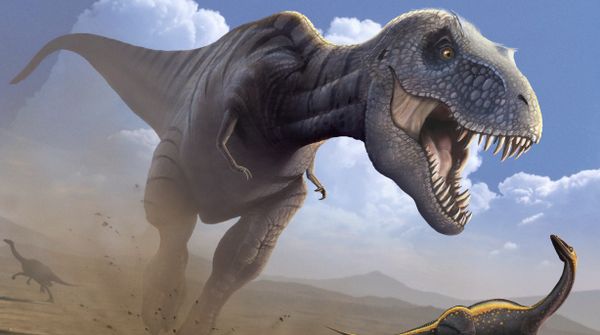
Giganotosaurus, whose name means "giant southern lizard," was perhaps the largest carnivorous dinosaur to have ever roamed the Earth. Discovered in South America, this predator is estimated to have lived about 98 million years ago, during the Cretaceous period.
Often compared to the famous Tyrannosaurus rex, Giganotosaurus is thought to have been larger, making it one of the largest known land predators of pre-history.
Advertisement
But the discovery of Giganotosaurus carolinii in the 1990s provided paleontologists with exciting new insights into the lives of these giant carnivores. Fossil evidence, including the most complete skeleton ever found, suggests that this incredible dinosaur had a unique place in its ecosystem.
